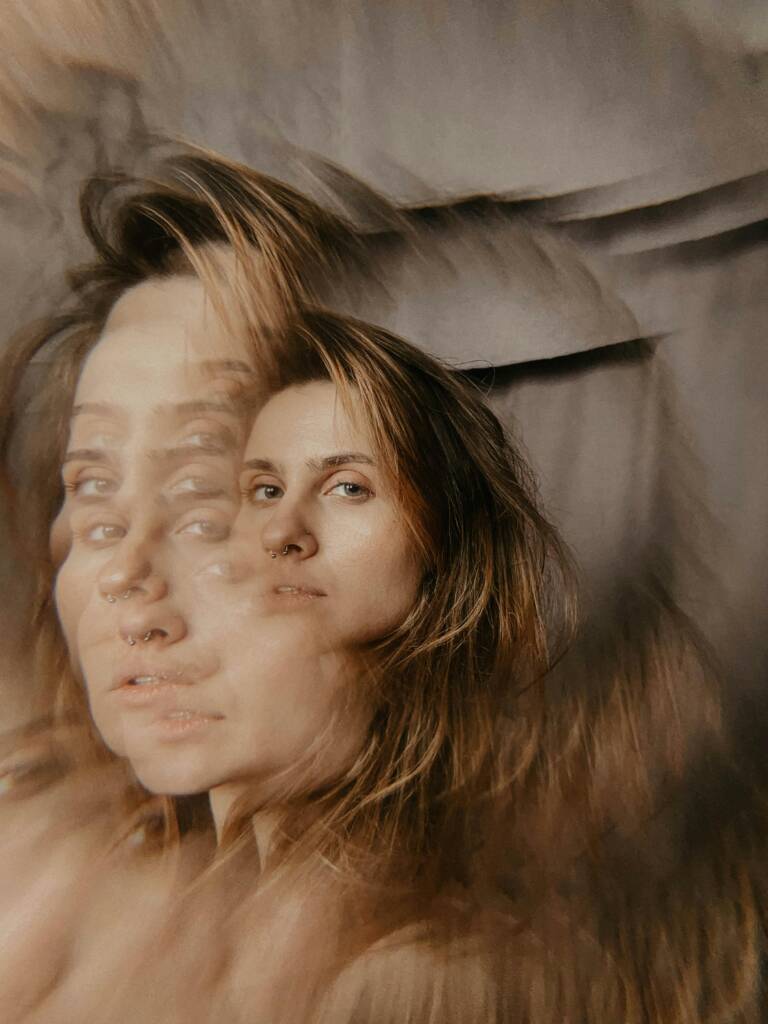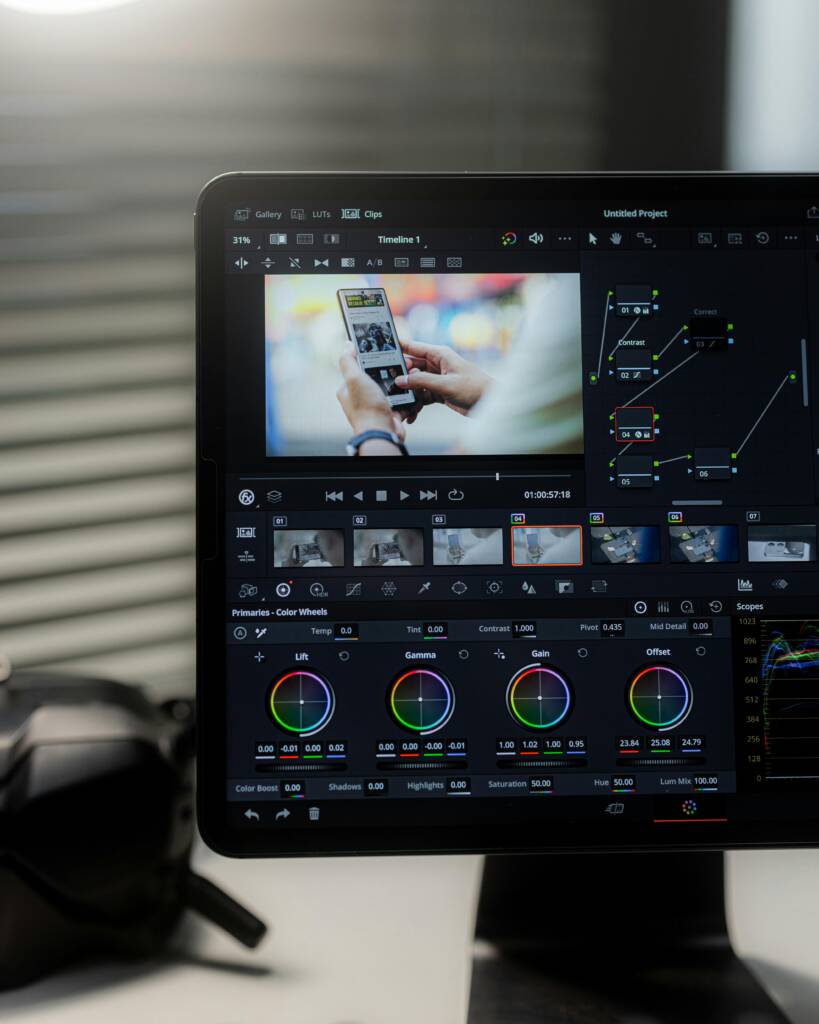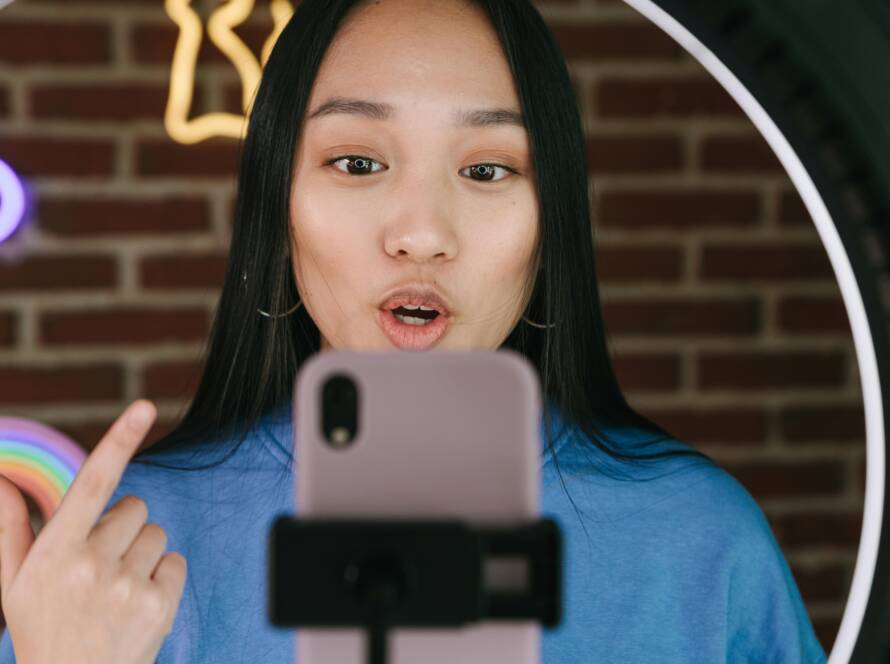A lot of elements from mainstream media are being adapted in the video content creation world, including scripts, pre-production techniques, and even visual effects. All of these are proven techniques to boost the views and engagements of video content.
In this article one of our editing wizards will show you steps on how to visually re-imagine your video content using visual effects.
Table of Content
What are Visual Effects?
Visual effects, often abbreviated as VFX, are the processes by which imagery is created or manipulated outside the context of a live-action shot. Mastery of this artistry requires the specialized skills of a visual effects artist, somebody who is adept at creating realistic and seamless imagery that brilliantly integrates into video content. With the advent and rapid evolution of technology, this craft has taken on a multifaceted dimension, transcending boundaries and expanding horizons in the digital world. VFX has crawled its way into virtually every form of visual media, profoundly influencing the way visual content is produced and perceived.
Depicting unimaginable vistas, crafting fictional creatures, manipulating light or weather, or even creating life-like crowds – these are all areas where a visual effects artist can plant their flag. Visual effects allow for the creation of environments and events that would be dangerous, costly, or simply impossible to capture on film. Serving as a vital tool for storytelling, VFX has the power to morph imagination into vivid realities. It can breathe life into narratives and imbue them with a sense of wonderment that captivates audiences. Hence, understanding and effectively employing visual effects is no longer a luxury but a necessity in the competitive arena of digital content creation.
Factors to Consider When Putting Visual Effects
In visual effects, the angles and scope are as diverse and colorful as a technicolor dream coat. One vital aspect is understanding the role of VFX in telling stories – the subtle art of using visual imagery to enhance the overall narrative. Is your post-apocalyptic sequence begging for the ruinous touch of destruction or does your fantasy realm crave an ethereal touch? Picture the concept you want to put forth and let VFX dance along the lines of your creative vision. Remember, any effect you incorporate should be an inseparable part of the narrative, and not a distraction.
Artistically, the visual effects concept should align with the overall narrative of the video. A viewer will quickly disengage if the VFX animation applied diverges starkly from the content’s storyline or tone. An approach that ensures congruity between the narrative and the visual elements is essential when implementing any visual effects. Moreover, understanding the demographic of the intended audience is also key as it influences the utilization and interpretation of visual effects. Remember, creating an engaging viewer experience remains at the heart of successful VFX implementation.
Another crucial point is figuring out the complexity of the VFX you plan to incorporate. Are we talking about a mild snowfall or a full-scale winter blizzard? The sky’s the limit, but your time, budget, and more importantly, your video editor’s capabilities and tools could be an earthly constraint. Right from 3D animations, and simulations to the nitty gritty of compositing, each facet of VFX requires a different skill set and an understanding of the software involved. Therefore, having clear communication with your video editor or software operator is key to ensuring you are on the same page about what is technically feasible and compatible with your concept. This decision shouldn’t only reflect your creative liberty but also the realism achievable by the software and talent used. After all, creating believable visuals is all about mastering the fine line between fantasy and reality.
Best Software To Use For Visual Effects
As creators, we’ve all been there – sitting in front of our computer, eyes glazed over, the coffee long gone cold, as we tweak and twist digital puppets into spectacular displays of our imagination. But let’s cut to the chase: quality visual effects (VFX) usually require professional-grade software. That’s where VFX software comes into play, and trust us, the right one can work wonders in bringing your vision to life. Whether you’re dabbling in 3D animation, simulating realistic environments, or crafting breathtakingly beautiful special effects, the champion contenders in the ring of VFX software are renowned names such as After Effects, Cinema 4D, Nuke, and Maya.
But before you hurriedly click and download the first software you stumble upon, let us slip in a slice of advice. As a friendly neighborhood video editing company, we can’t stress enough the importance of picking the one that gels perfectly with your skillset, your needs, and more importantly, your imagination. Some software, such as Blender, are open-source and free to experiment with, making them great options for beginners or budget-struck creators. Others, like Houdini or Autodesk’s Maya, could burn a small hole in your pocket but offer unmatched features and precision. So go on, pick your weapon of choice, and let the magic unfold!
Here, we’ve rounded up some of the best VFX software you can use to bring your creative vision to life:
After Effects: This is a digital visual effects and motion graphics software developed by Adobe. It’s widely used in post-production processes of filmmaking, video games, and television production.
Cinema 4D: A powerful 3D modeling, animation, motion graphic, and rendering application developed by MAXON Computer GmbH. With its robust suite of tools, it makes creating complex models and dazzling visual effects straightforward.
Maya: Developed by Autodesk Inc., this software offers comprehensive features for 3D computer animation, modeling, simulation as well as rendering on a highly extensible platform.
Blender: An open-source 3D creation suite that supports all aspects of the 3D pipeline—modeling, rigging, animation, etc. Its free availability makes it an excellent choice for beginners or those on tight budgets.
Houdini: Known for its procedural generation feature set; it allows artists to work freely with fewer restrictions while producing high-quality results quickly
Remember! The right VFX tool will depend on your specific needs – whether that’s budget constraints or the level of expertise required – so take time to research each option carefully before settling down with one.
Types of Visual Effects
In the enchanting world of cinema and multimedia entertainment, visual effects or “VFX” play a pivotal role. This magical tool of digitization breathes life into images, making them appear as real and near-to-life as possible. A significant part of filmmaking, visual effects allow filmmakers to create environments and scenarios that could otherwise be either impossible, expensive or hazardous to capture on film. From blue screen techniques to 3D animations, the depth and breadth of special effects techniques can vary significantly, each with its unique charm and demand in the movie industry.
The mastery and proficiency to create stunning visual effects heavily rely on the talent and skill of the visual effects artist. These creative individuals specialize in enhancing raw film footage, coupling it with manipulated imagery to craft realistic or fantastical settings. CGI, Wire Removal, Compositing, and Matte Painting are some of the techniques frequently employed by these artists. The role of a visual effects artist is indeed complex and tasking. However, when implemented effectively, the results can be truly breathtaking and amplify the overall viewing experience. These effects, both subtle and profound, beautifully intertwine with the narrative, advancing storytelling and creating immersive experiences for audiences worldwide.
Here is a closer look at some of the most commonly used types of visual effects in filmmaking:
CGI (Computer-Generated Imagery): This technique involves creating digital images to replace or enhance real-world elements. It can be used for creating characters, objects, environments, and even weather conditions that would otherwise be impossible or impractical to film.
Wire Removal: As the name suggests, this VFX technique involves removing visible wires that might have been used during filming. This is often necessary when shooting scenes involving stunts or flying sequences.
Compositing: This process combines multiple layers of footage into one seamless image. A common application includes combining foreground performances with pre-filmed backgrounds.
Matte Painting: An older yet still effective method, matte painting involves painting detailed landscapes or cityscapes onto glass panels which are then combined with live-action footage. Nowadays it’s mostly done digitally but serves the same purpose – extending sets and creating fictional environments.
Other popular techniques include:
Motion Capture: Using sensors placed on an actor’s body, their movements are recorded and translated into a digital model. This technology allows filmmakers to create realistic animations for creatures or characters that don’t exist in reality.
Rotoscoping: In this tedious process, animators trace motion picture footage frame by frame to produce realistic action sequences.
How Visual Effects Can Bring Life For Your Video Content
In the sprawling world of video content, one might get lost in the thousands of videos that are uploaded every minute. The competition is fierce, but what truly separates the wheat from the chaff? You’ve got it; it’s the special touch of visual effects. The introduction of visual effects in your video content is kind of like adding those extra dollops of whipped cream to your hot chocolate – it might not be necessary. Still, it sure makes the whole experience ten times better.
Visual effects play a crucial role in grasping the eyeballs of the viewers, making your video content zesty, engaging, and worth every second. Imagine filming a fantastical scene where a dragon is about to spurt fire; interesting on paper, but without the magic of visual effects, it falls flat! An adeptly added flame effect can not only bring the dragon to life but also conjure up a thrilling spectacle. Visual effects aren’t just eye candy, they can bring alive impossible scenarios, transport the viewers to a different realm, or simply make the mundane a bit special. Now, that’s a secret recipe every content creator could use! So the next time you drum up a video, don’t forget to stir some visual effects magic into it!
Don’t forget to check out this video about how to successfully catch viewers’ attention and engagement with professional video editing.
FAQ
What are visual effects in video creation?
Visual effects, often abbreviated as VFX, is the process by which imagery is created or manipulated outside the context of a live-action shot in filmmaking. It involves integrating live-action footage and generated imagery to create environments that look realistic.
What factors should I consider when adding visual effects to my video?
Some key factors to consider when adding visual effects include the purpose of the video, the target audience, the storyline, and the budget. You would also need to consider the type of effects needed, the complexity of the effects, and the software or tools required to achieve these effects.
What are some of the best software to use for visual effects?
There are numerous software available for visual effects. However, some of the most common ones include Adobe After Effects, Nuke, Blender, Cinema 4D, and Autodesk 3DS Max. The choice of software largely depends on your skill level and the specific requirements of your project.
Can you tell me about the different types of visual effects?
Sure, there are several types of visual effects. They include Compositing, Rotoscoping, Matte Painting, Wire Removal, Morphing, and Motion Tracking. Each comes with its unique application and process depending on the video’s content and the final effect desired.
How can visual effects enhance my video content?
Visual effects can bring your video content to life, making it more engaging and visually appealing. They can help to convey a particular message, evoke emotions, create a certain atmosphere, and even make impossible scenarios seem real.
Editing Own Visual Effects or Hiring A Video Editor?


In the fascinating world of content creation, the decision between self-editing your visual effects or hiring a video editor can be as tricky as nailing a one-take YouTube video. Newbies and tech-savvy creators might initially sway towards the DIY route, thinking that it not only saves money but also gives them creative control. True enough, mastering the art of green screen, for instance, can allow your imagination to run wild and free. You can transform your simple room into a bustling cityscape or an enchanting forest with just a few clicks.
However, not everyone has the luxury of time to learn the nitty-gritty of visual effects. Unlike your classic fairy godmothers, sophisticated editing software doesn’t automatically turn your raw footage into a cinematic masterpiece. It demands time, patience, and a solid understanding of the elements. This is where video editors enter the scene. Armed with advanced software knowledge and an eye for detail, they can color-grade your clips, eliminate the green screen’s stubborn shadows, and even add mind-blowing effects that can turn your YouTube video into a visual treat. With their help, you can focus more on your content, leaving the technicalities to the experts.
If you are interested in hiring us or learning more about our services, please contact us today or book a free consult with one of our specialists. We look forward to working with you!


